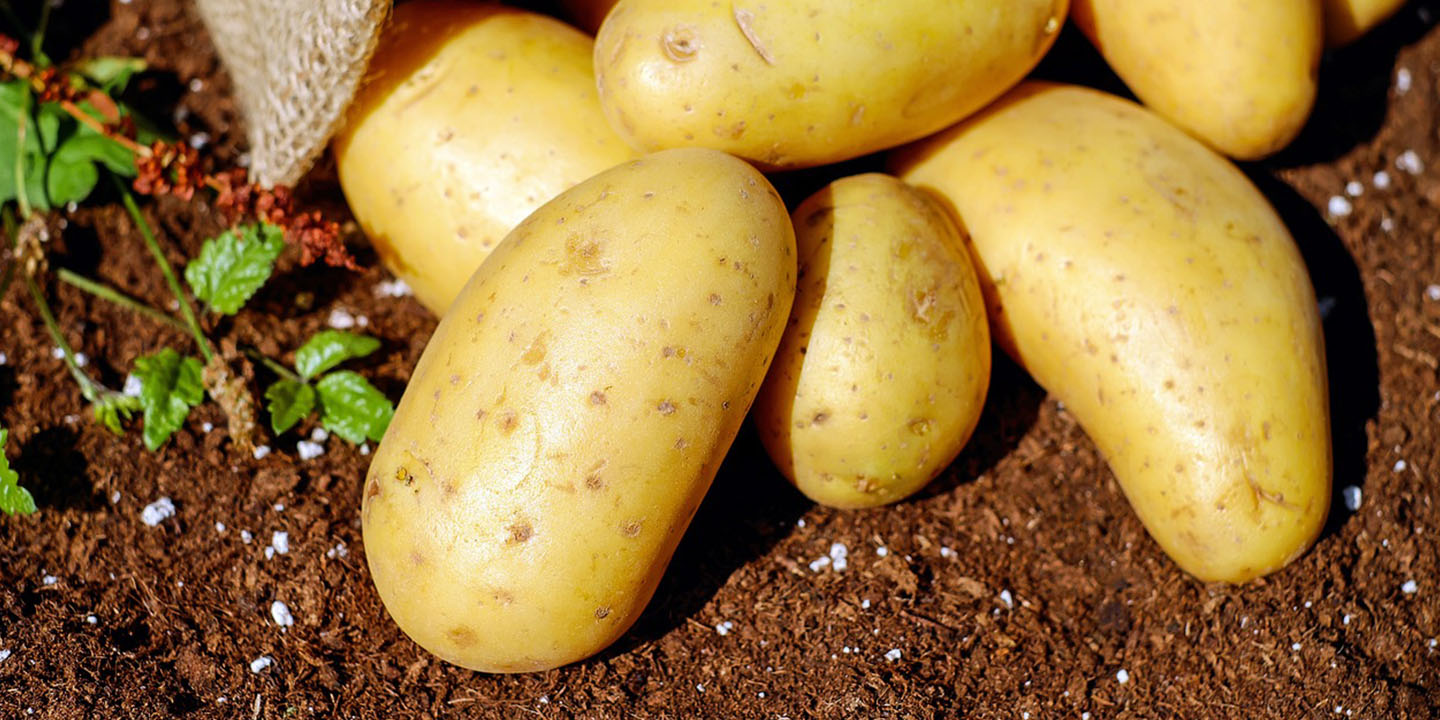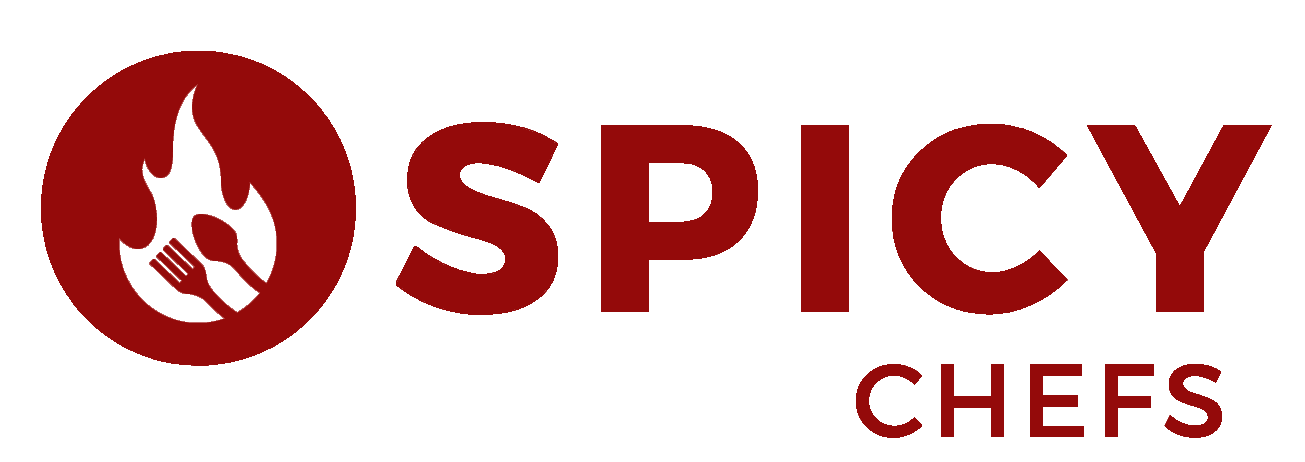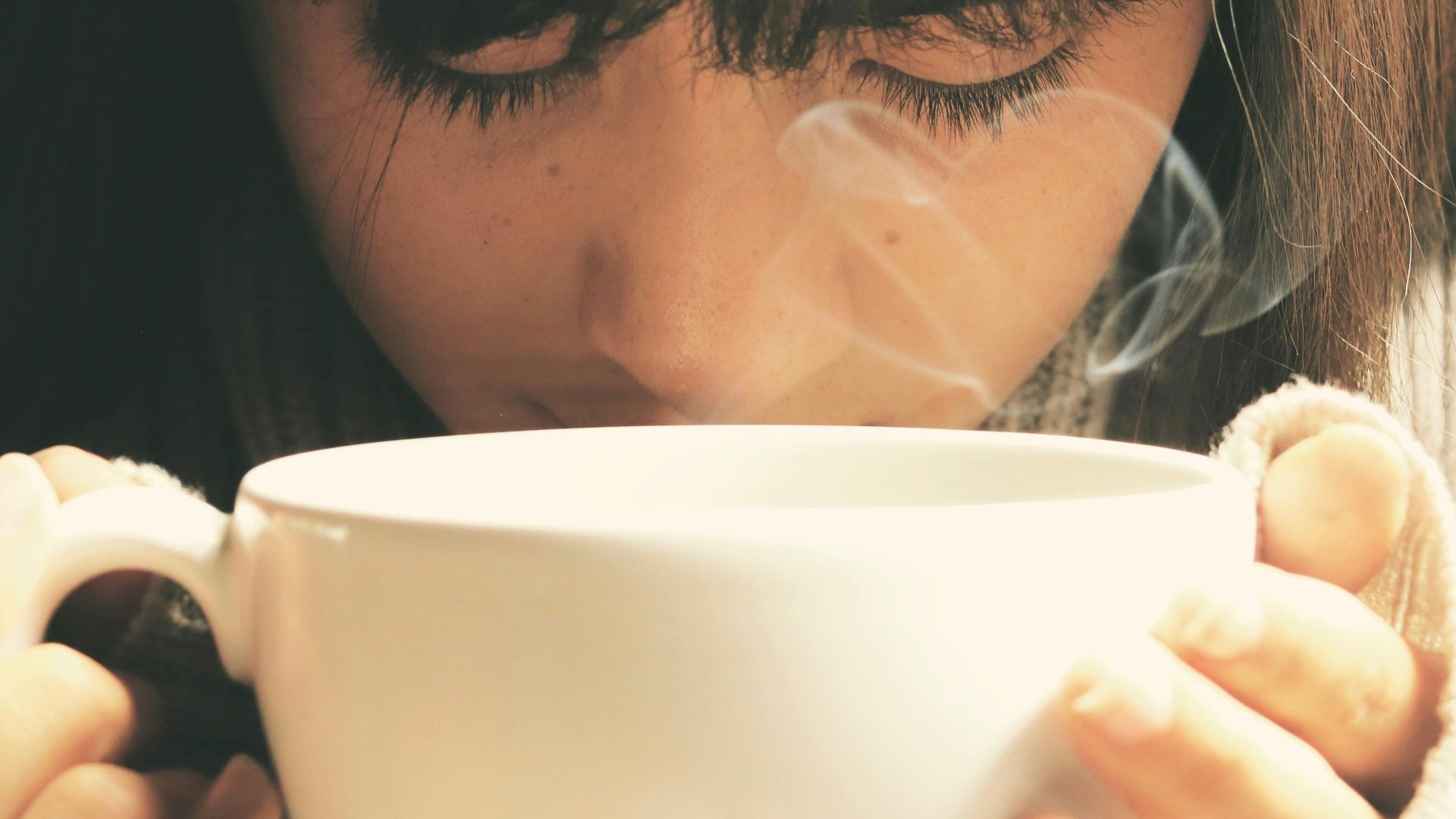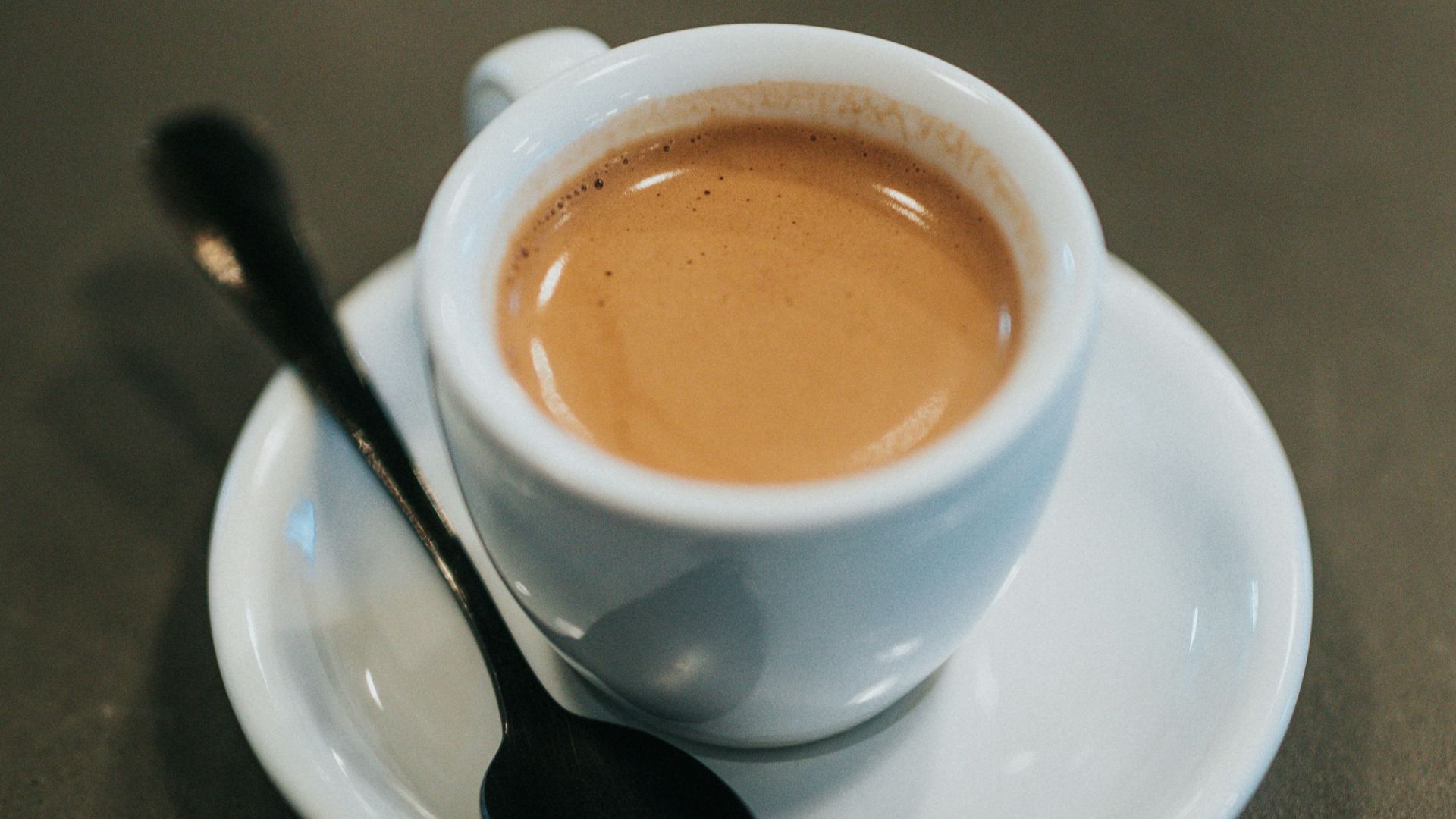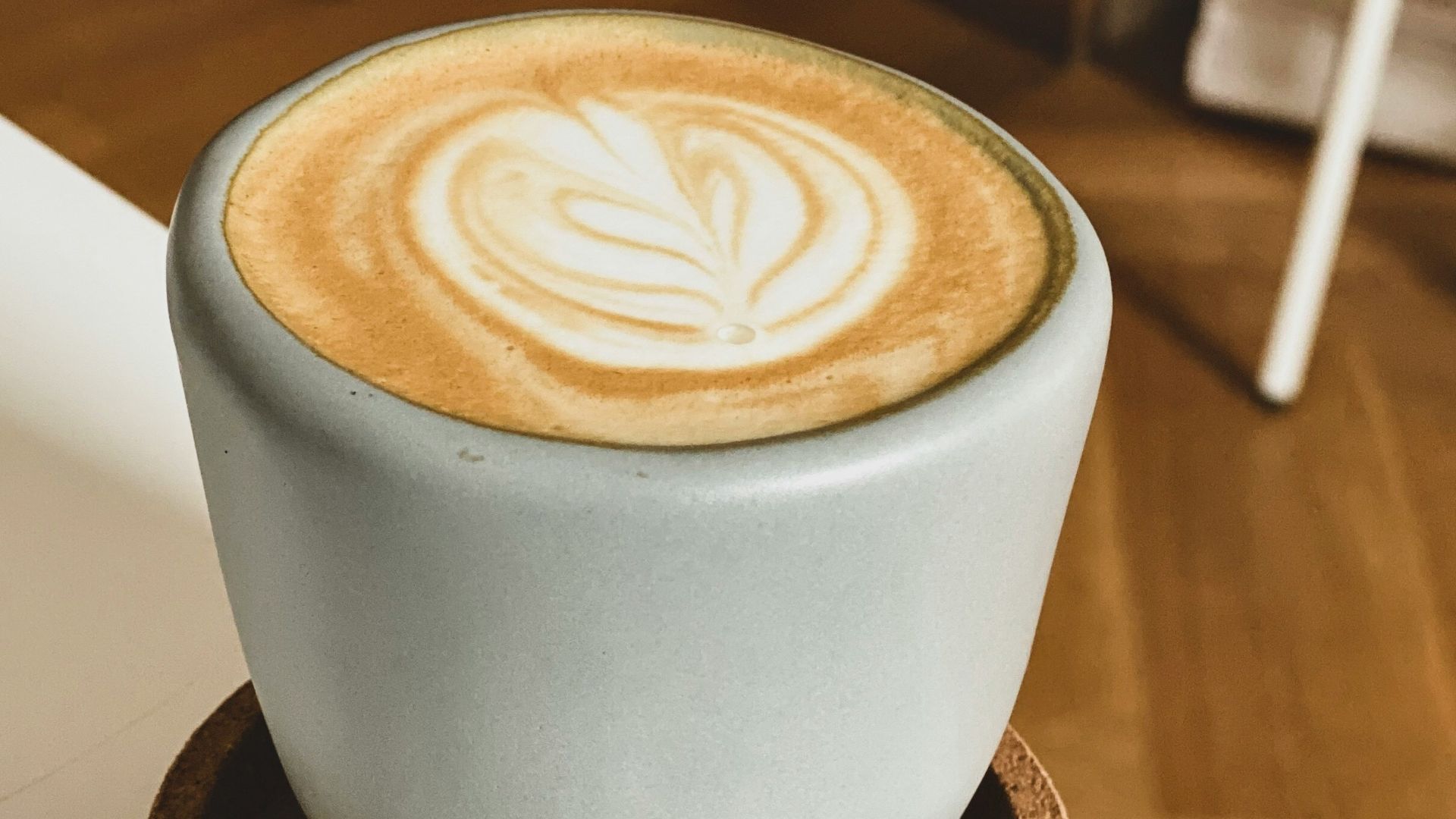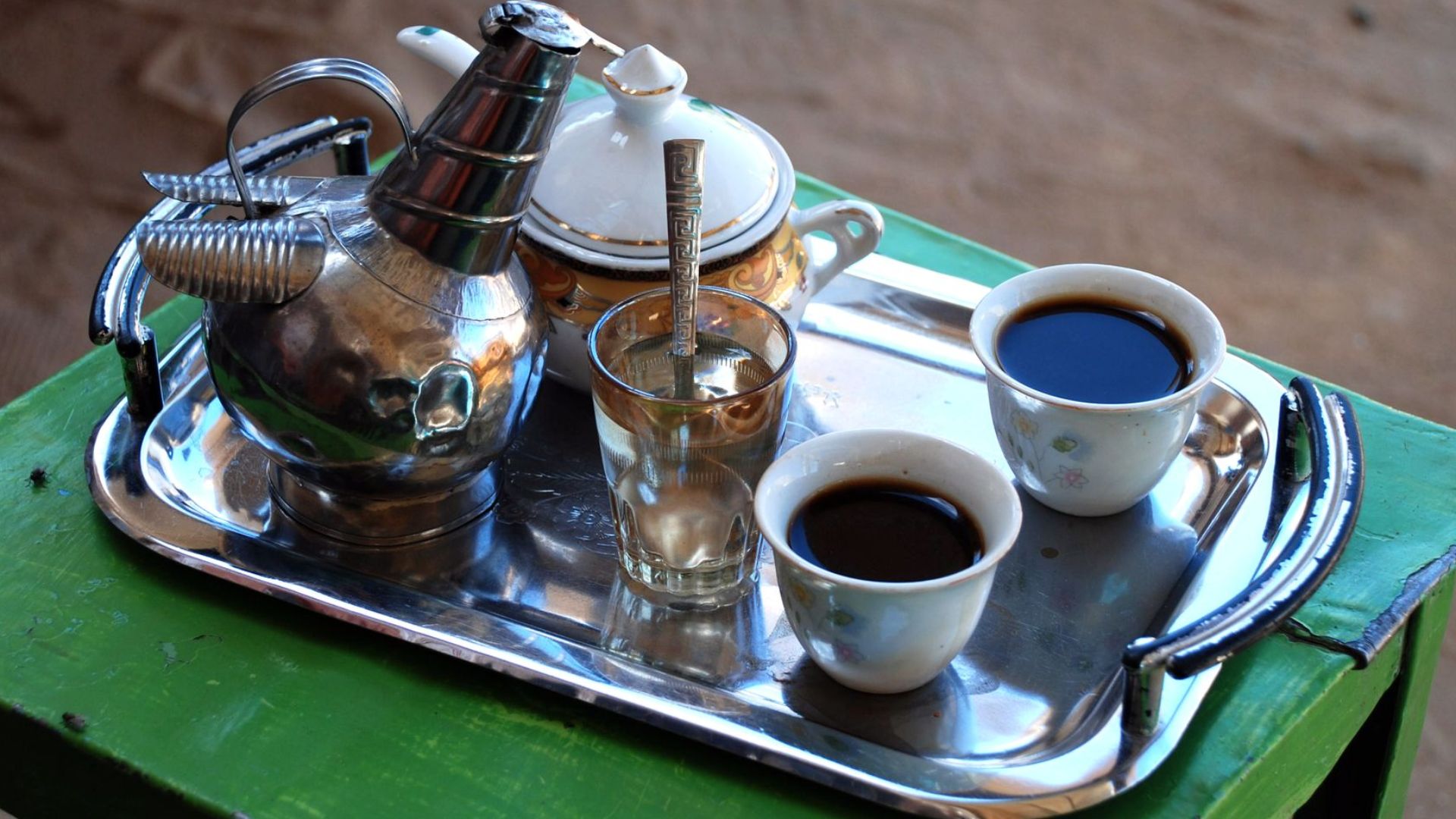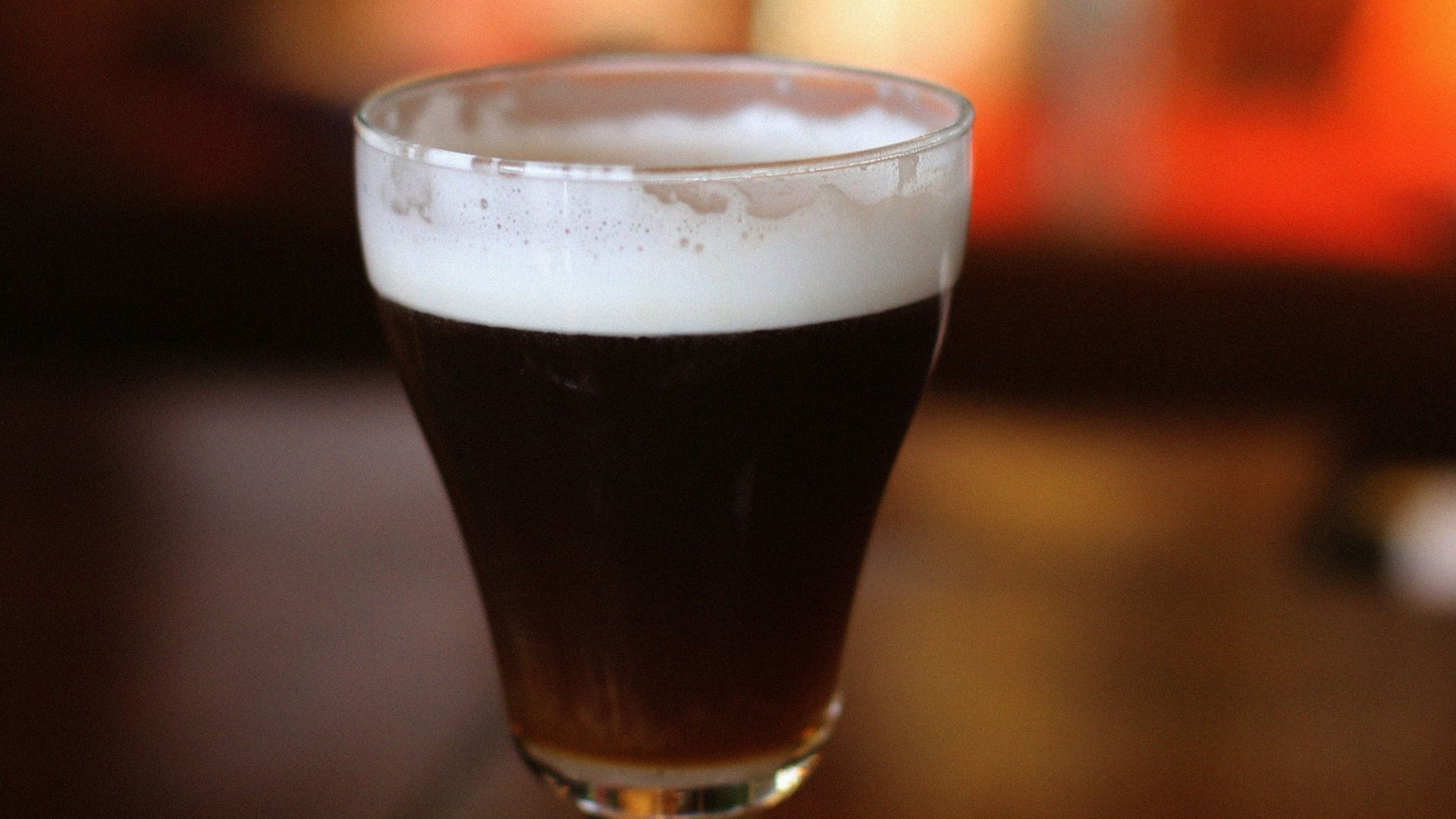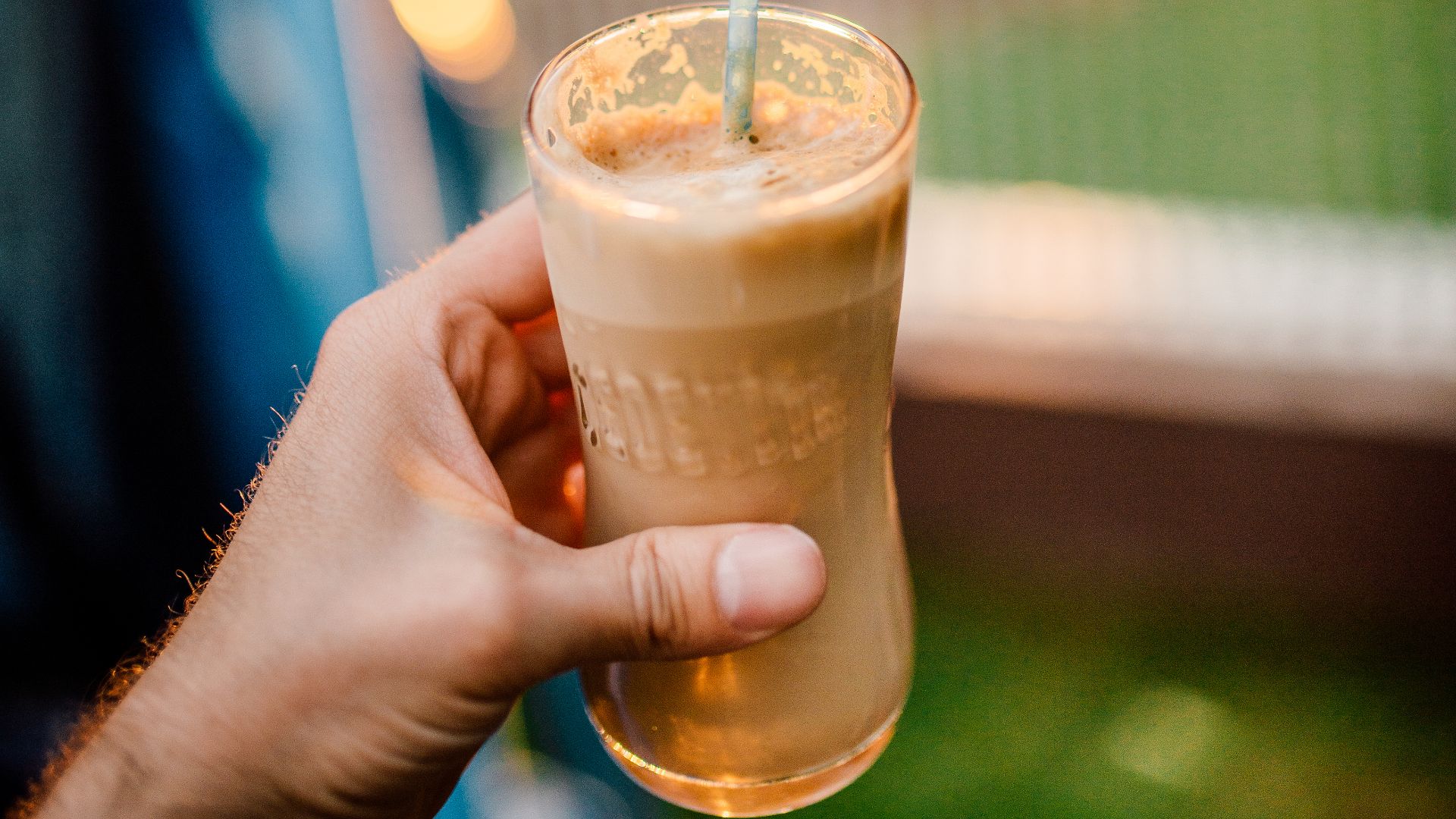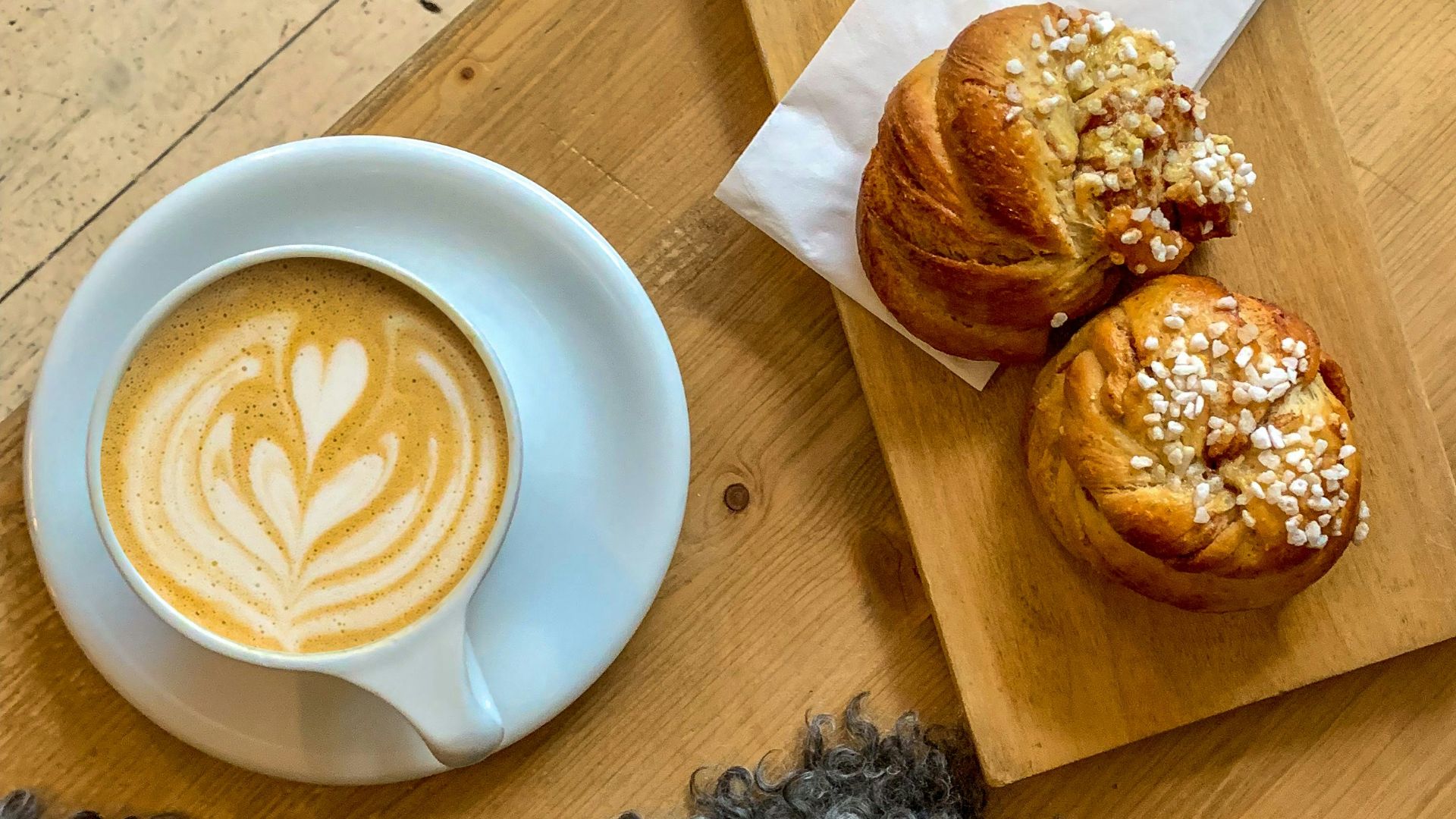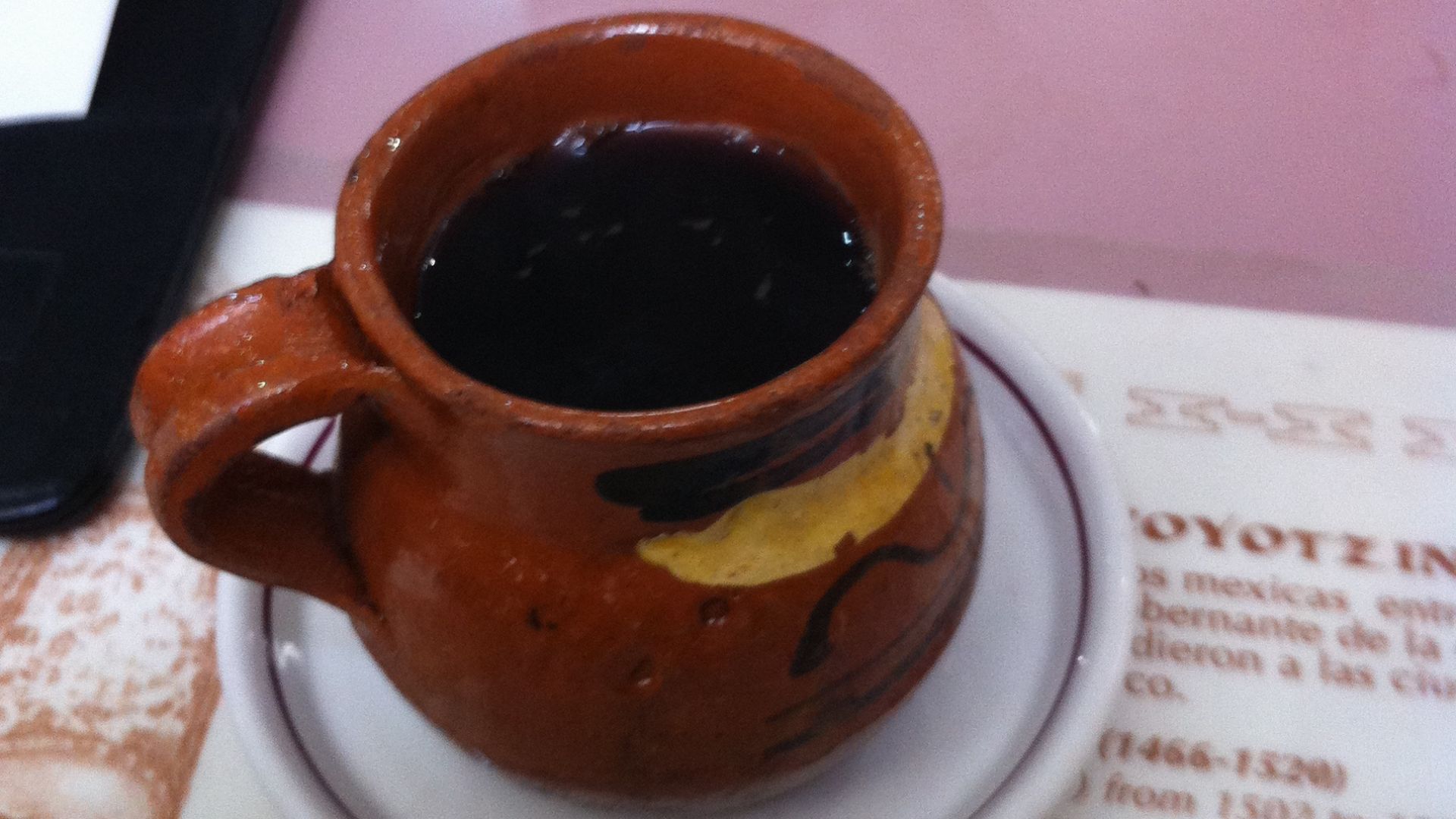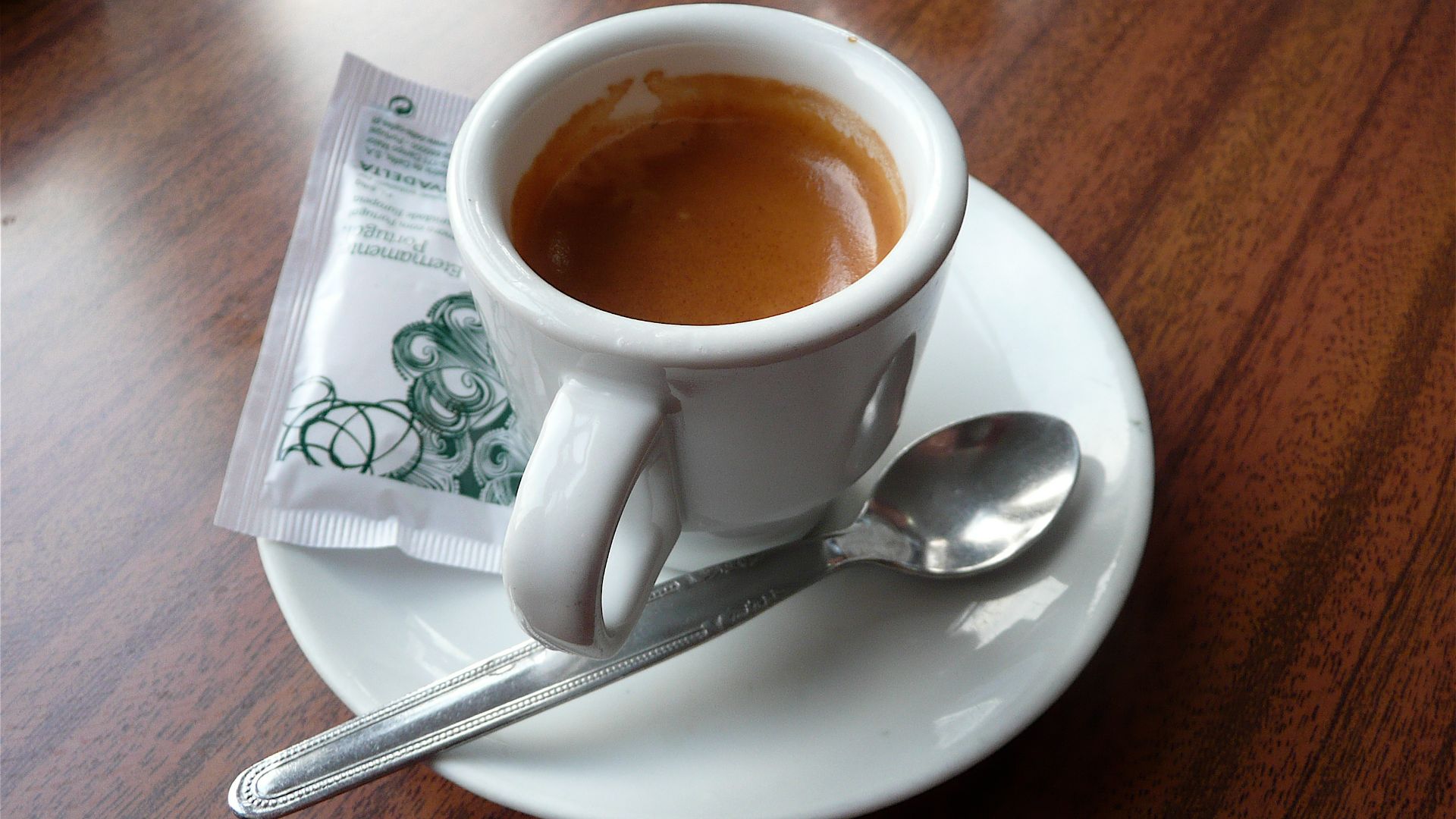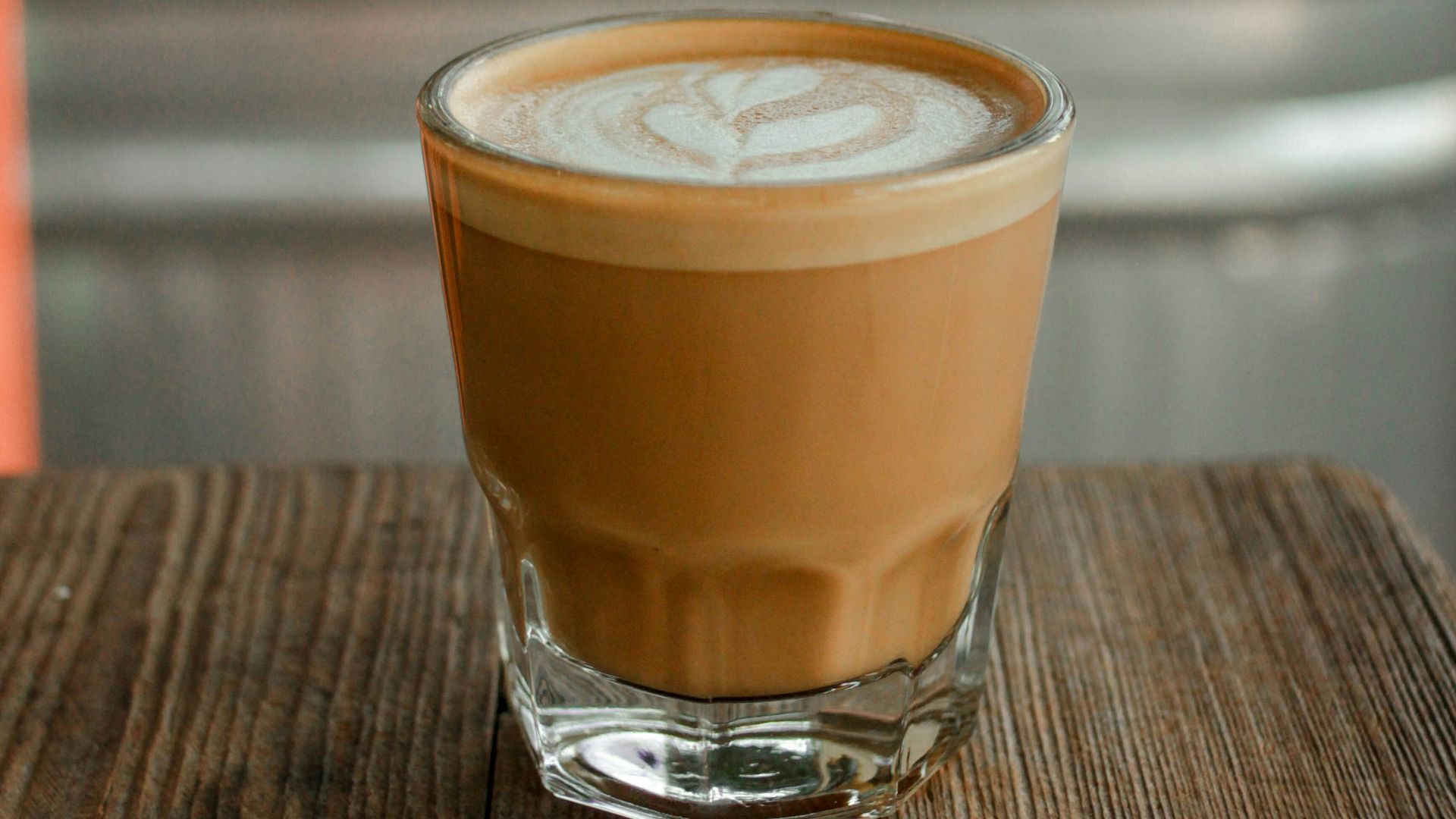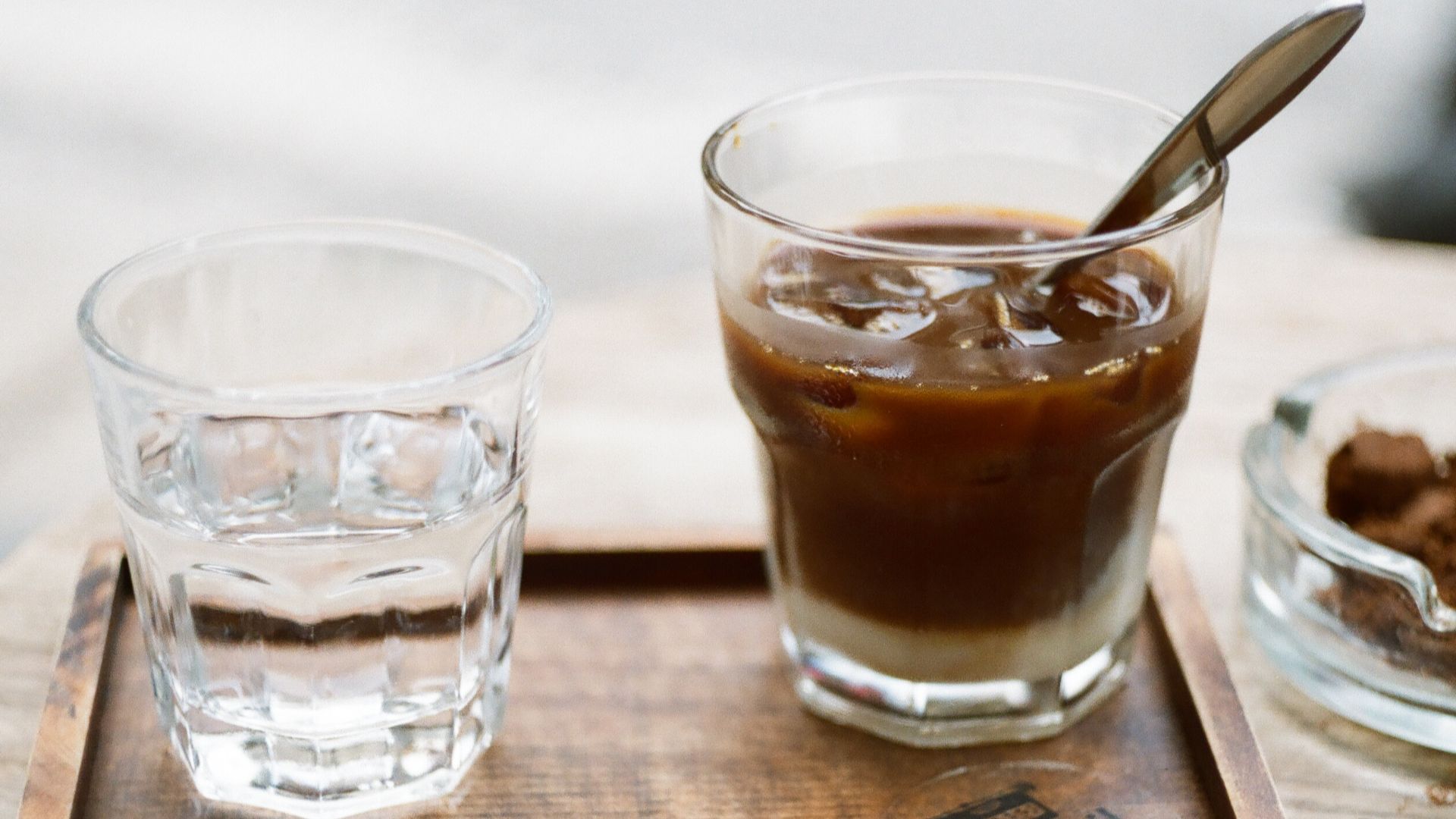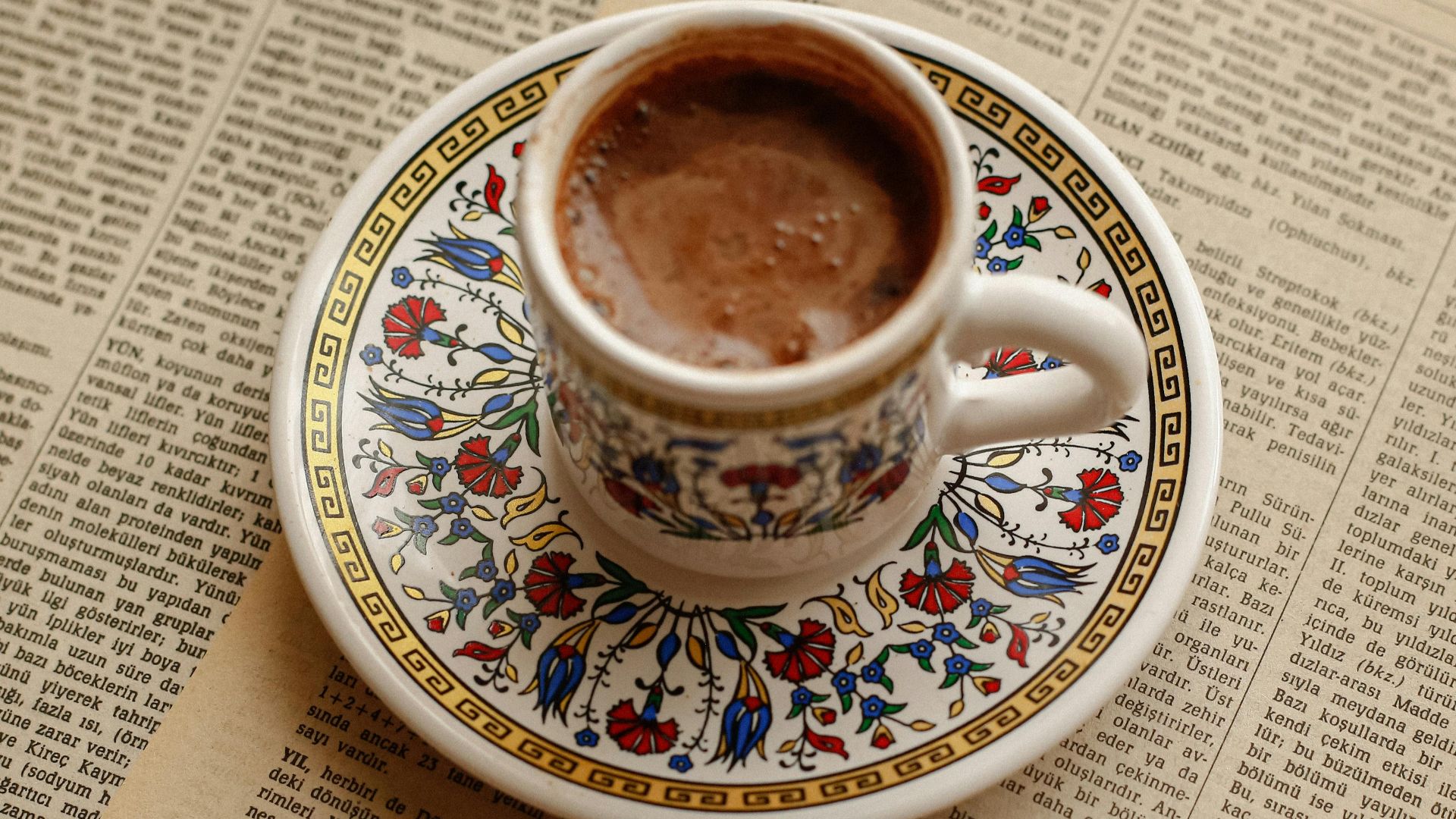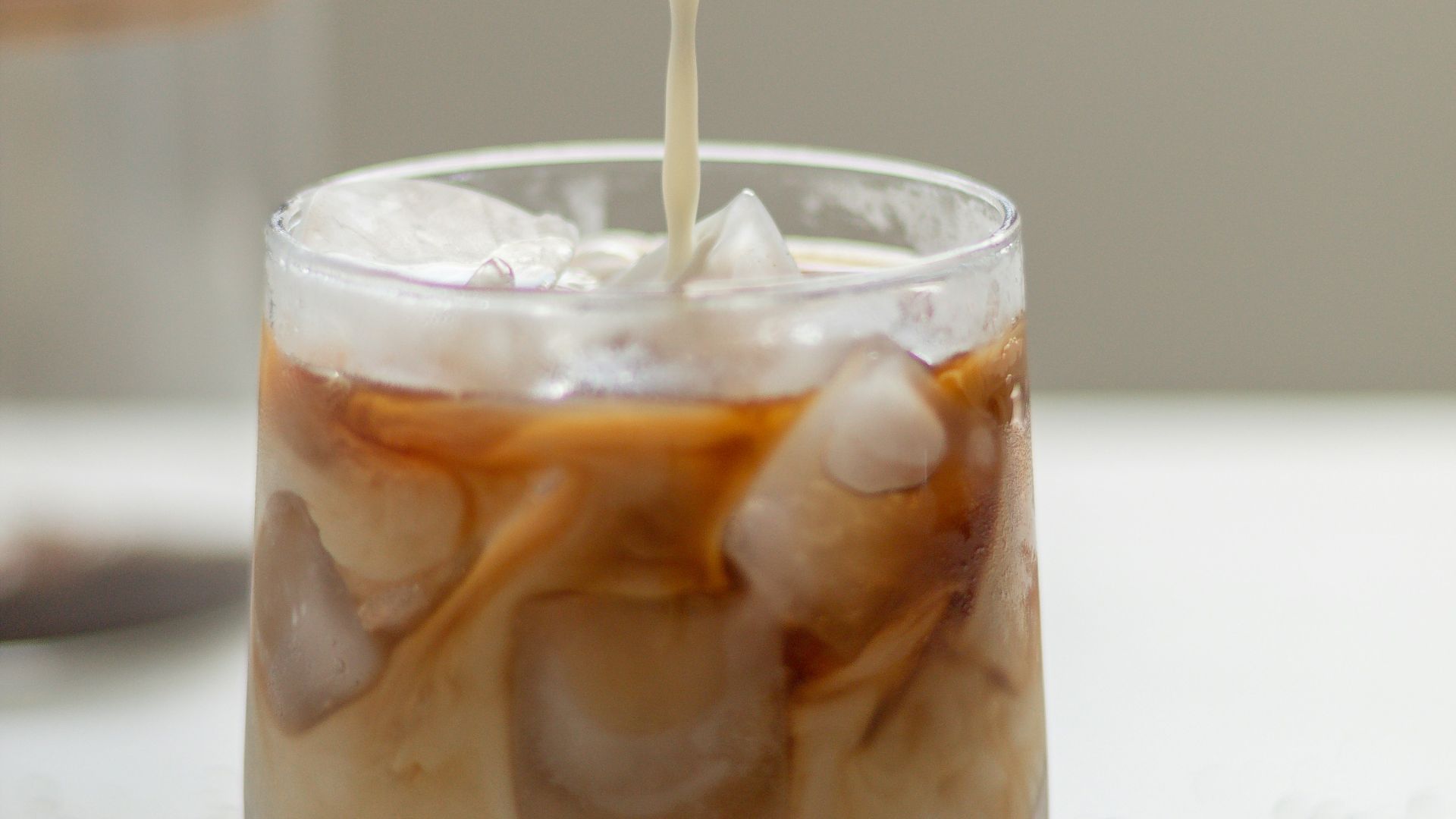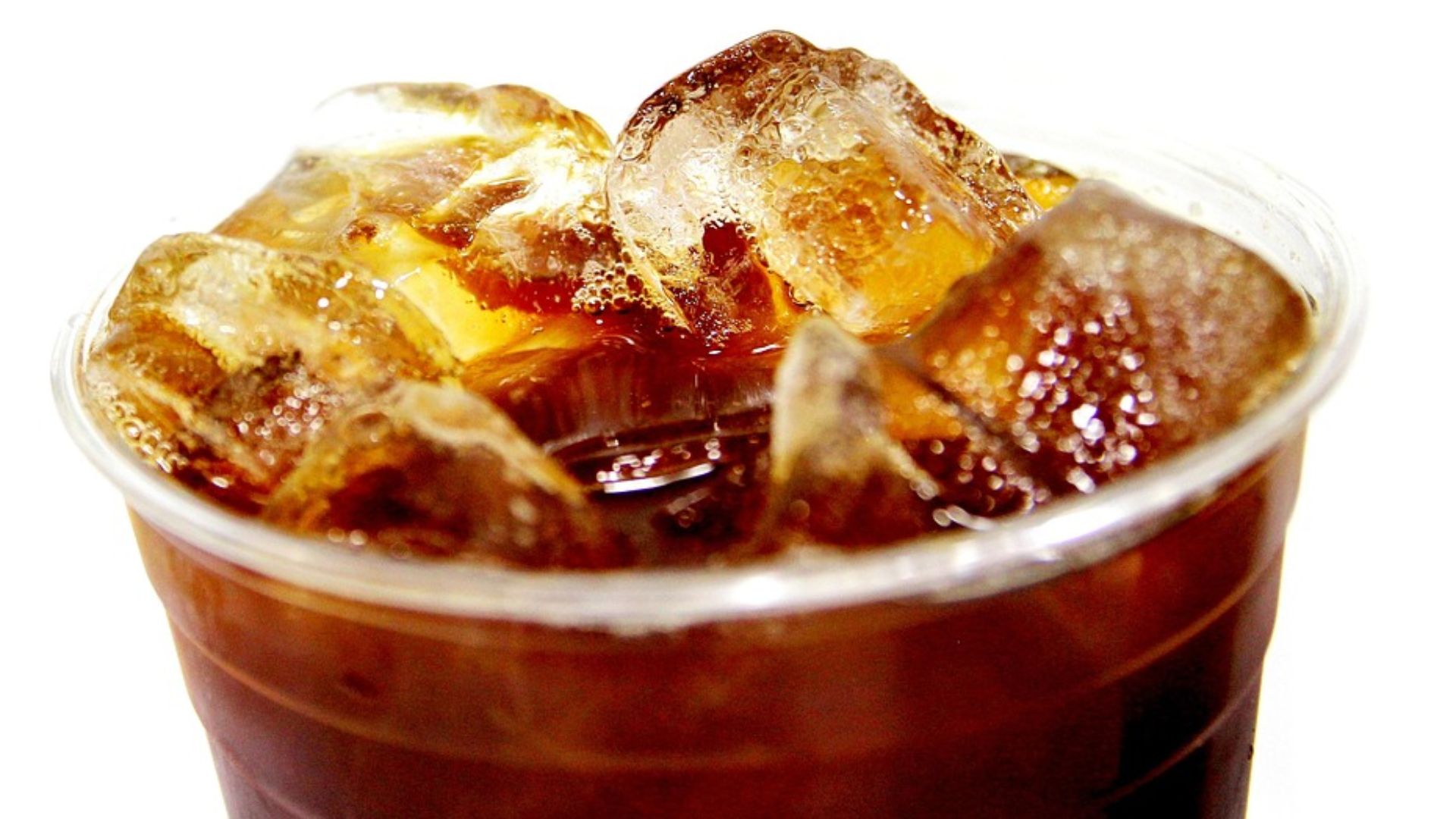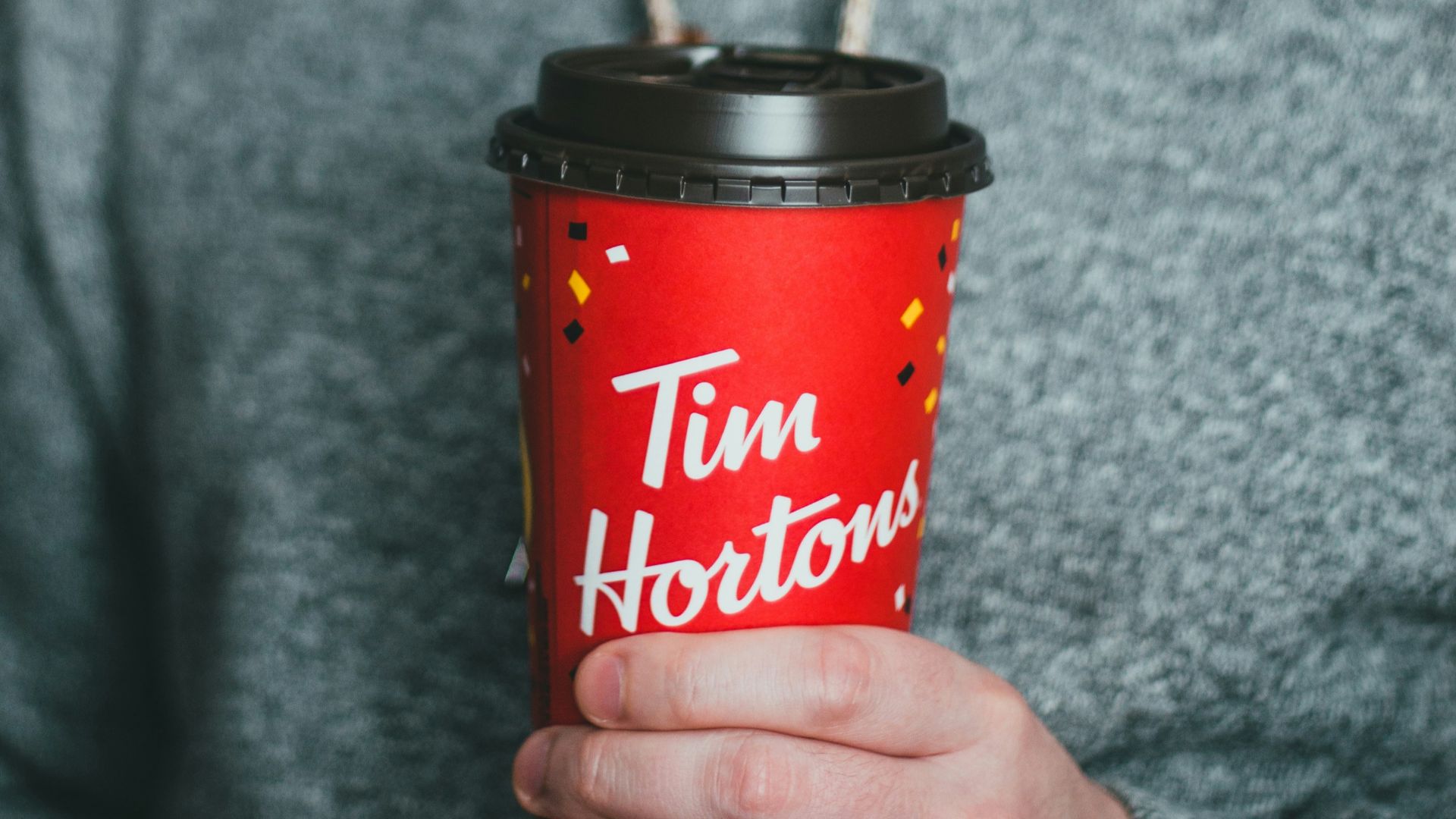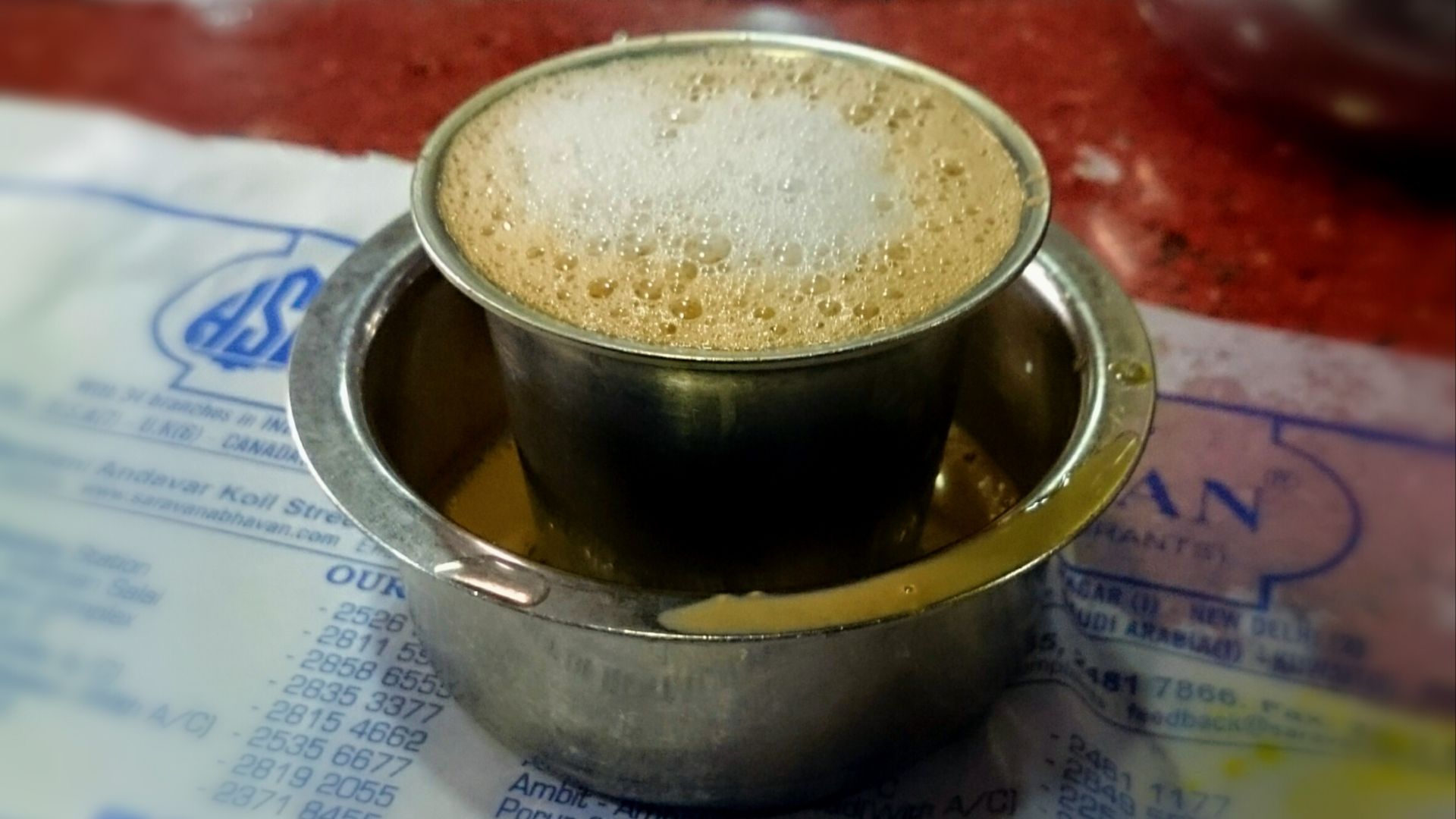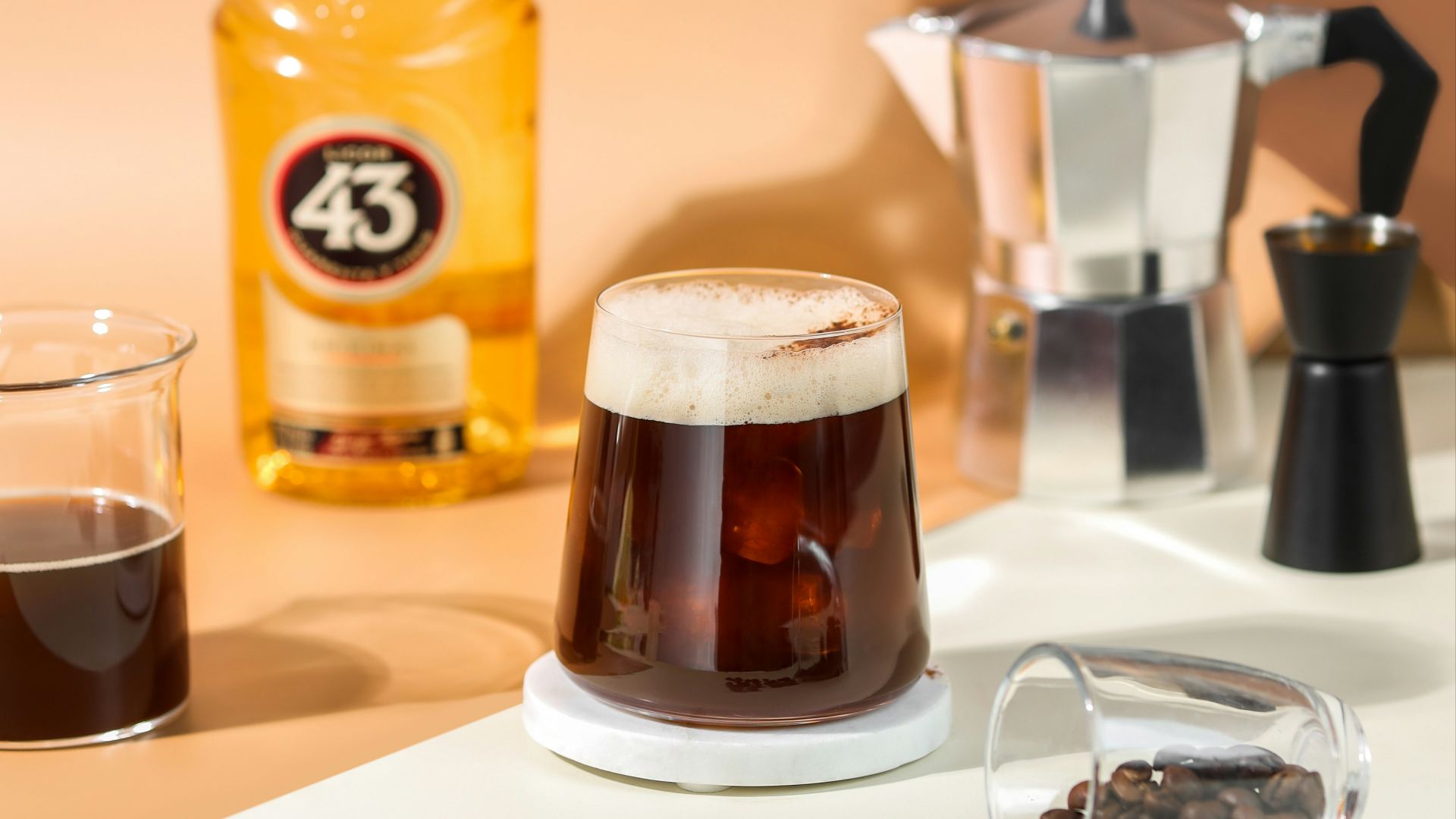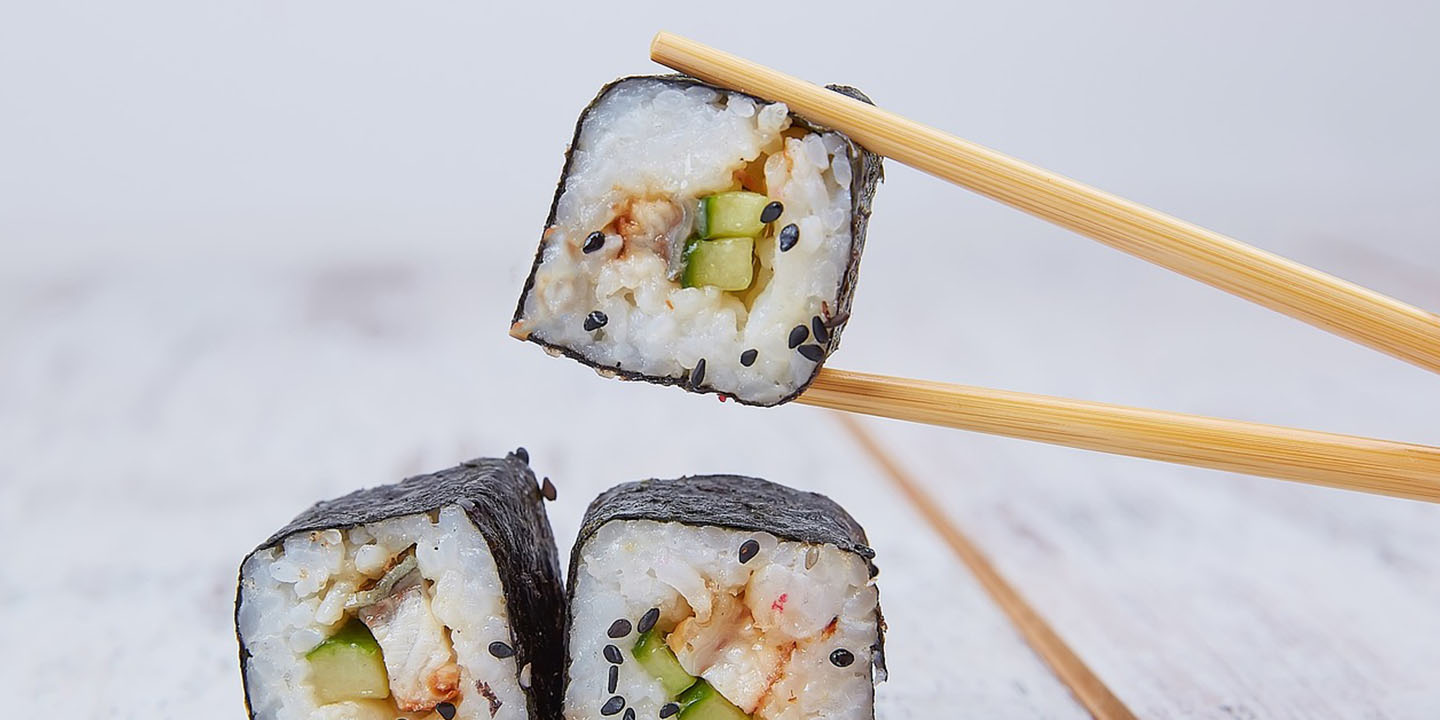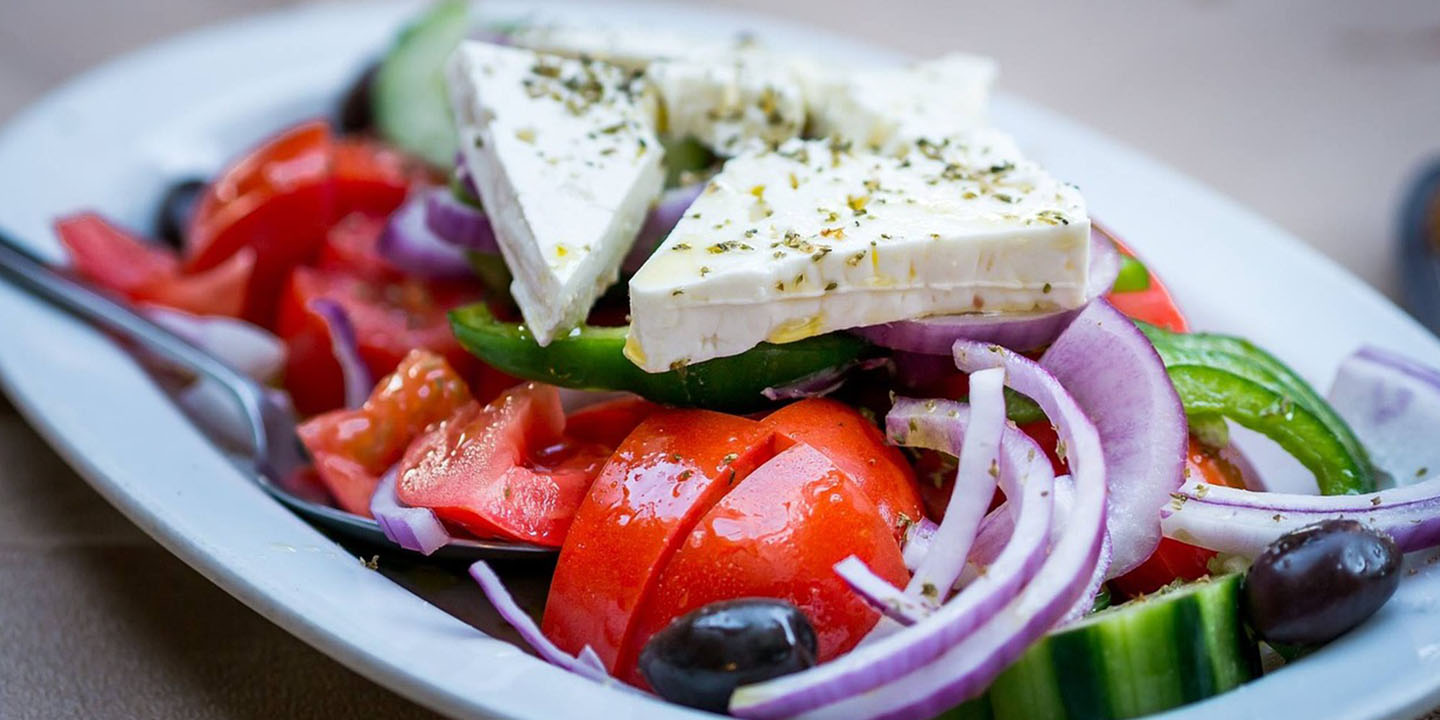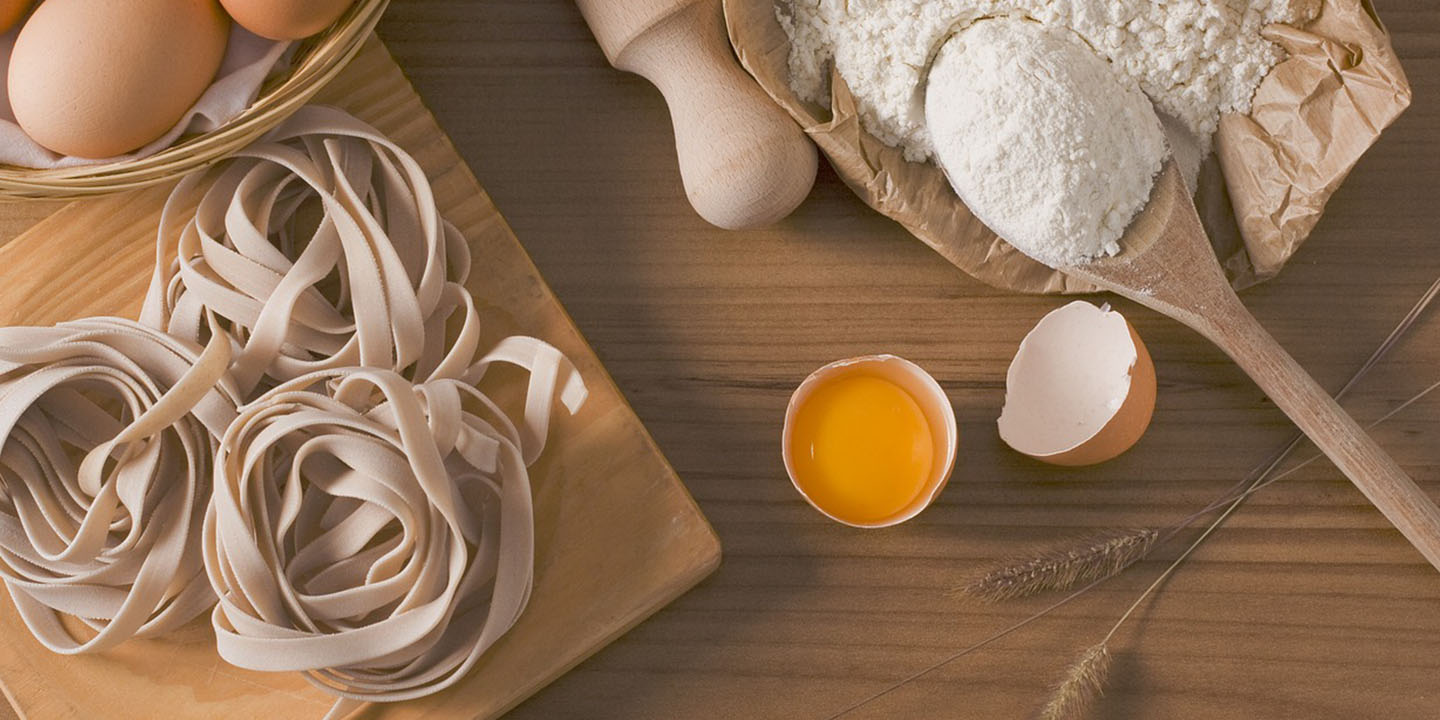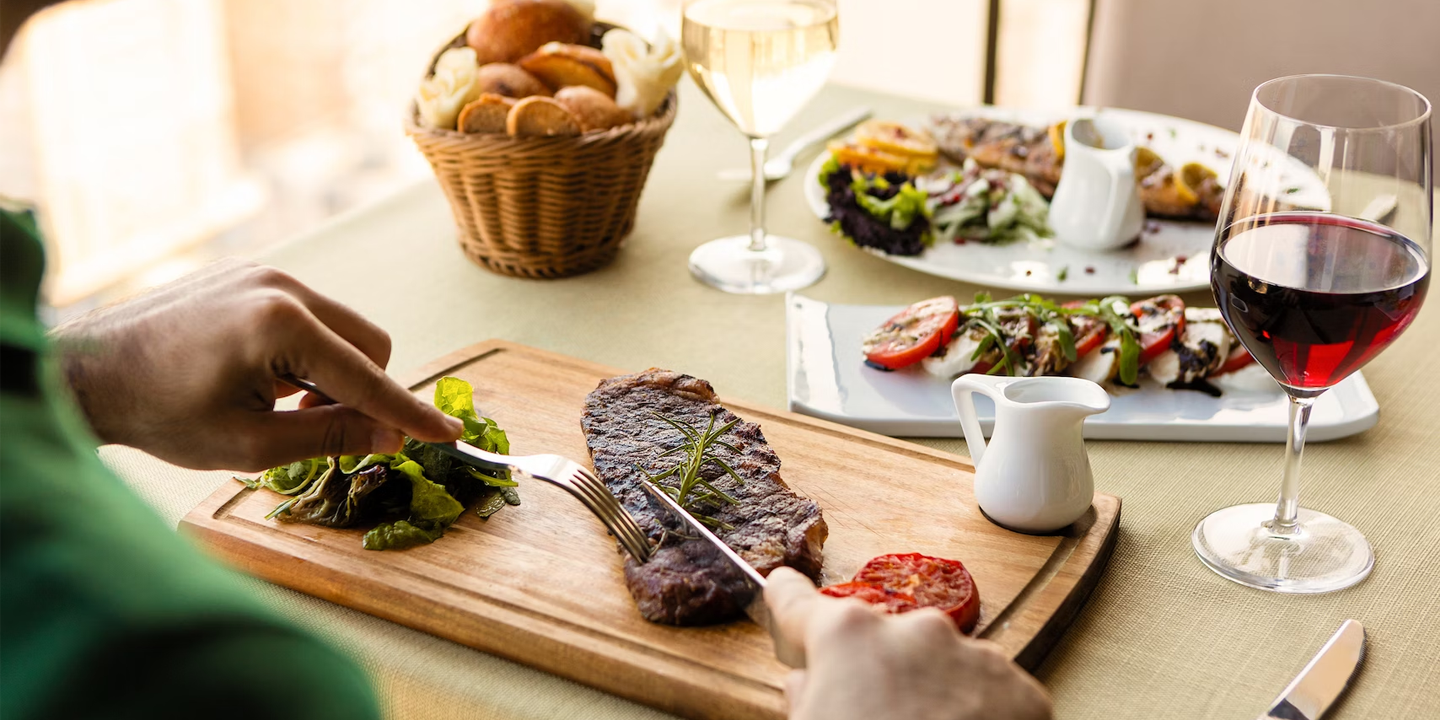Jet-Setting Java
Coffee brings people together—literally. Not only has the production of coffee expanded our global horizons for better or worse, but drinking coffee is an important social ritual around the world. Let's take a look at how coffee culture varies from country to country.
1. Italy: Espresso
Much like students on a deadline, espresso thrives under pressure. Hot water is forced through finely ground beans for a small cup of coffee that packs a big punch. Many tourists in Italy have mistakenly ordered "a coffee", expecting to get a latte or Americano, only to be greeted with a tiny cup of espresso.
2. France: Café Au Lait
Café au lait literally means "coffee with milk" and is a common breakfast in France. Café au lait uses a 1:1 ratio of coffee to milk, and is typically accompanied by something sweet. One of the main differences in preparation is that it is often served in a cup abroad, and in a bowl in France.
3. Ethiopia: Bunna
Being the birthplace of coffee, we aren't surprised that it has an integral place in Ethiopian culture. Coffee is brewed in a flask called a jebena, which is placed directly on hot coals. Ethiopian coffee, called bunna, is served morning, noon, and night, and takes over an hour to prepare properly.
4. Australia: Flat White
We have Aussies to thank for the invention of the flat white. While a flat white has more espresso than a latte, it has less foam than a cappuccino. This thin layer of foam is the perfect canvas for latte art.
5. Ireland: Irish Coffee
A beloved after-dinner treat, Irish Coffee is a spiked drink enjoyed across the Emerald Isle and abroad. A good Irish whiskey is the first step in preparing this coffee, which is mixed with sugar and black coffee. Irish coffee is topped with a thick layer of foam, leaving many drinkers with a creamy mustache.
6. Greece: Frappé
Rather than laboring over an espresso machine, Greeks simplify things by using Nescafé. A frappé is prepared by mixing instant coffee, sugar, and water to create a thick froth. The mixture is then poured over ice with cold water, and, sometimes, milk.
7. Sweden: Fika
In Sweden, coffee isn't just a drink, it's a daily ritual. Fika is a designated time of day, typically mid-morning or mid-afternoon, where you take a break to enjoy coffee with loved ones. No fika is complete without a sweet treat; cinnamon buns are most popular.
8. Mexico: Café De Olla
Café de olla, or "pot coffee" is enjoyed in the cold and rural areas of Mexico. This beverage is brewed in an earthen clay pot to add flavor, then spiced with cinnamon and cane sugar. Some variations add clove, orange peel, or star anise.
9. Portugal: Bica
Bica is similar to espresso, but a little smoother and in a larger portion. The first coffeehouse to offer this drink served it alongside fresh goat milk. "Bica" means "water spring" in Portuguese, referring to the way the coffee flows into the cup.
10. Cuba: Café Cubano
Cuban coffee is traditionally made on the stove with a moka pot, which subjects the coffee grounds to immense pressure. Once the coffee is brewed, a few drops are mixed in a foam with brown sugar. A Cubano retains the full body of a good dark roast but without the bitterness.
11. Spain: Cortado
One of the most well-known international drinks, at least throughout North America, a cortado combines equal amounts of espresso and warm milk. The resulting mixture is smooth and balanced. "Cortado" literally means "cut" in Spanish.
12. Vietnam: Cà Phê Đen
Vietnam does a lot of fun things with coffee, including preparing drinks with egg or avocado. However, the most popular style is cà phê đen made with sweetened condensed milk. Vietnamese coffee uses robusta beans, which have significantly more caffeine than the arabica coffee tourists are used to.
13. Turkey: Turkish Coffee
Turkish coffee is prepared in a special pot known as a cezve. The coffee, water, and sugar and boiled several times to increase froth. Once satisfactorily frothed, the grounds are allowed to fall to the bottom, where they are sometimes used for fortune telling.
14. Ecuador: Café Con Leche
While café con leche is served throughout Spain and Latin America, Ecuador has a special way of preparing it. The drink comes deconstructed, with a a glass of steamed milk alongside instant coffee grounds. Café con leche is a typical breakfast drink.
15. America: Americano
There's a commonly-repeated myth that the Americano got its name during WWII in Italy, when American G.I.s diluted their espresso. However, the name Americano actually comes from Central America, where it is used derisively as a term for mild coffee. Americanos can be found worldwide.
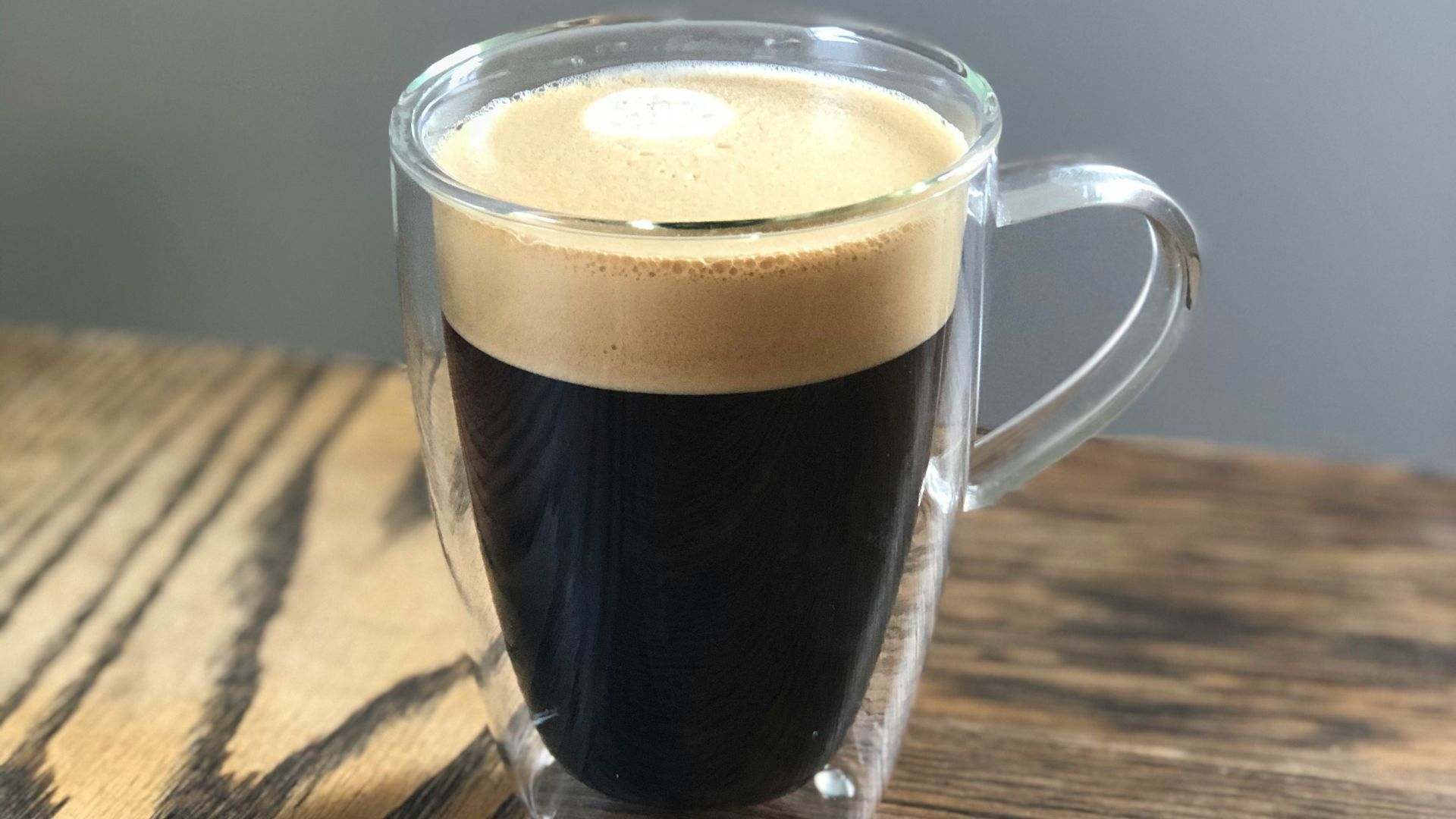 Christina DiBernardo on Unsplash
Christina DiBernardo on Unsplash
16. South Korea: Iced Americano
South Korea's fast-paced culture makes iced Americano the drink of choice, even in winter. The quick preparation of this drink is the main reasons why Koreans drink so much of it. A common phrase goes "iced coffee even if I freeze".
17. Japan: Canned Coffee
Japan is known for its unique vending machines and coffee is no exceptions. Canned coffee can be purchased on subway platforms; black or sweetened, hot or cold. Coffee was actually banned in Japan in WWII along with other Western imports.
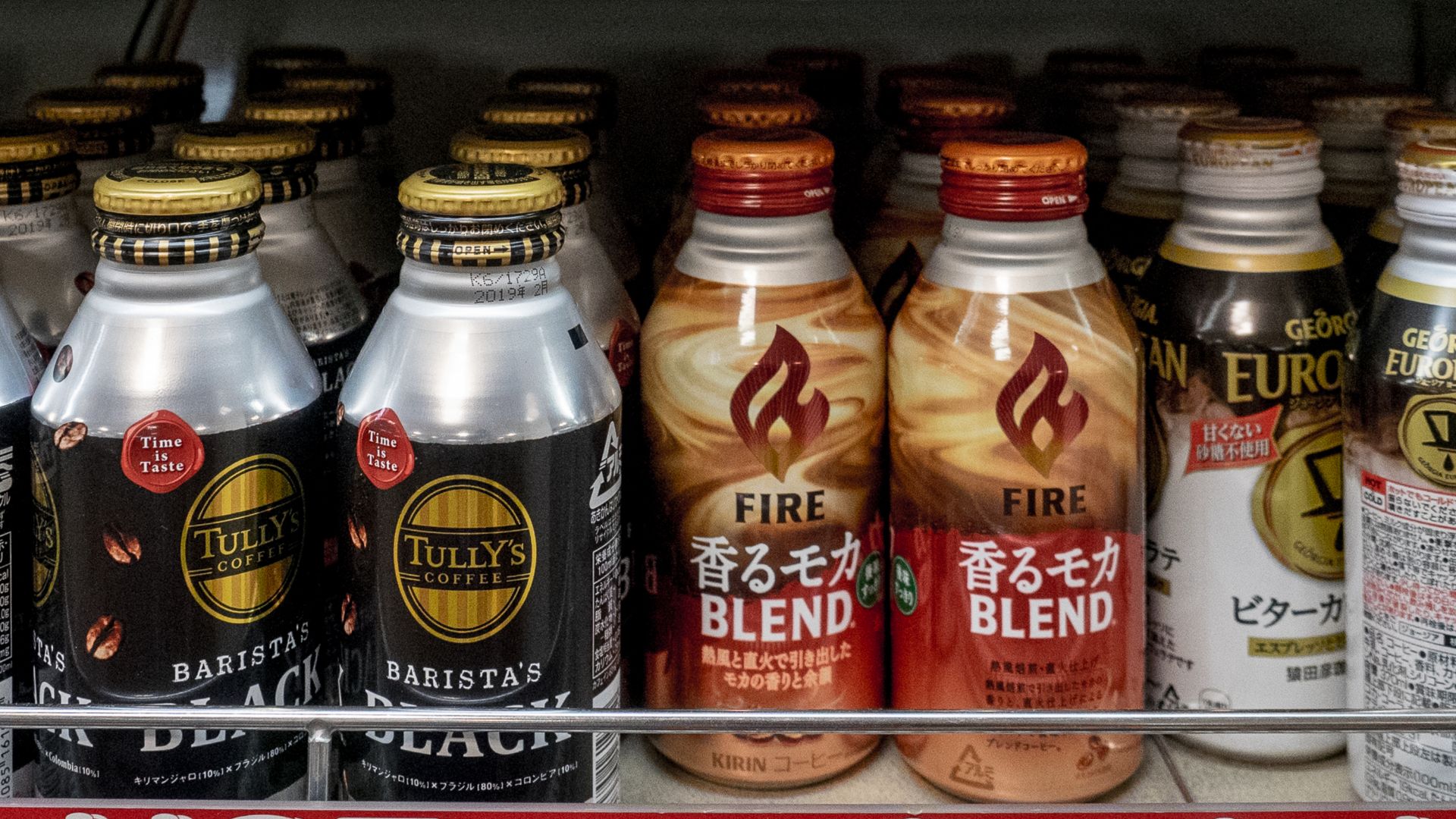 Ajay Suresh from New York, NY, USA on Wikimedia
Ajay Suresh from New York, NY, USA on Wikimedia
18. Canada: Double-Double
If America runs on Dunkin', then Canada runs on Tim Hortons, specifically the double-double. Not so much as a secret menu item as it is an accepted way ordering coffee with two creams and two sugars. You can also order a triple-triple, and, legend has it, a quad-quad.
19. India: Filter Coffee
In South India, filter coffee is a popular drink made with finely ground coffee and a dash of chicory, prepared in a traditional cylindrical filter. Chicory adds a slight bitterness to this drink, which is sweetened with jaggery, honey, or sugar. Filter coffee is typically much stronger than drip coffee.
20. Venezuela: Carajillo
Similar to an Irish Coffee, carajillo is a spiked coffee most common in Colombia and Venezuela. Carajillo is made with brandy and black coffee, which are left to gradually blend. Sometimes, cinnamon or lemon peel is added.
KEEP ON READING
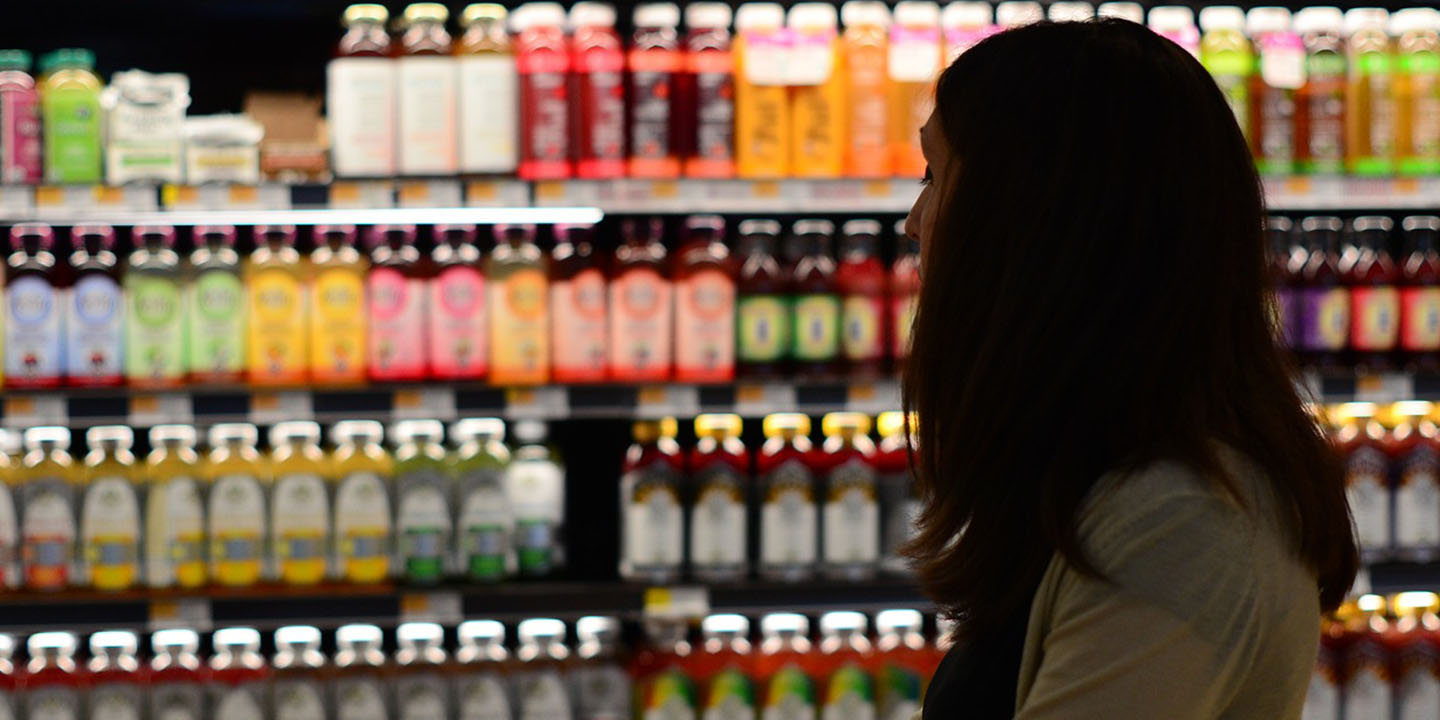
The 5 Most Consumed Foods in the Entire World
